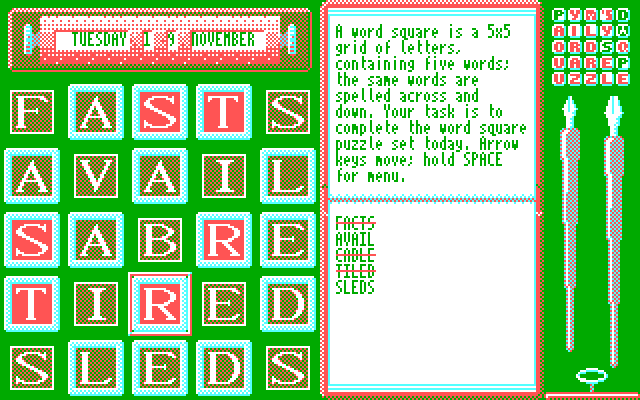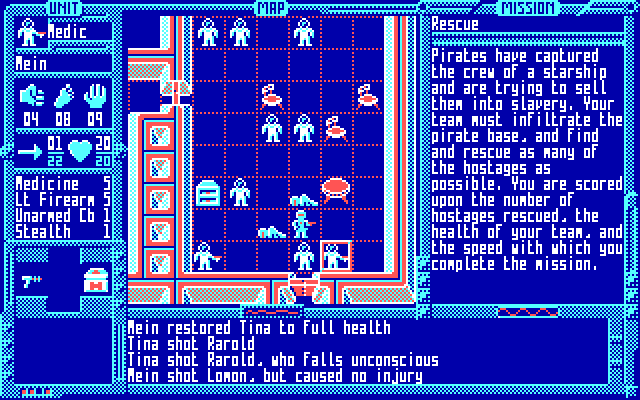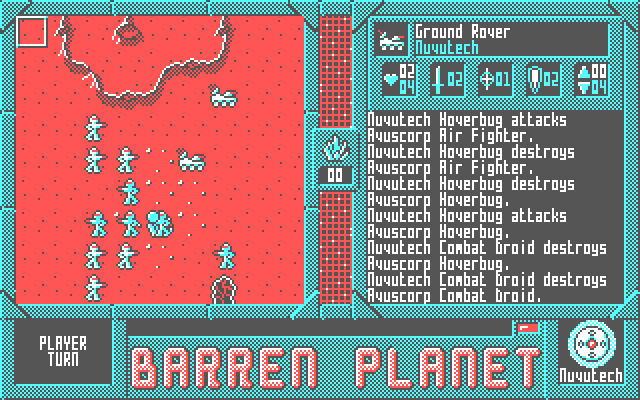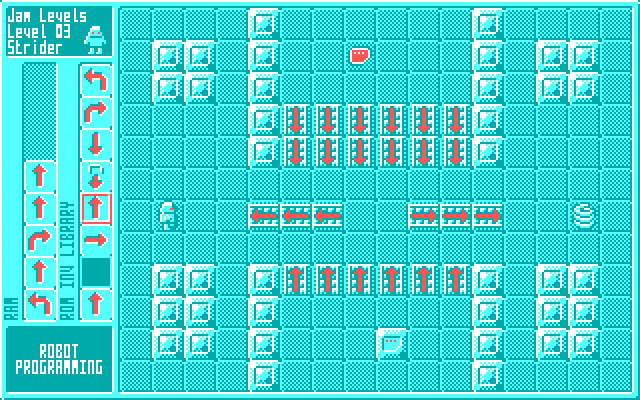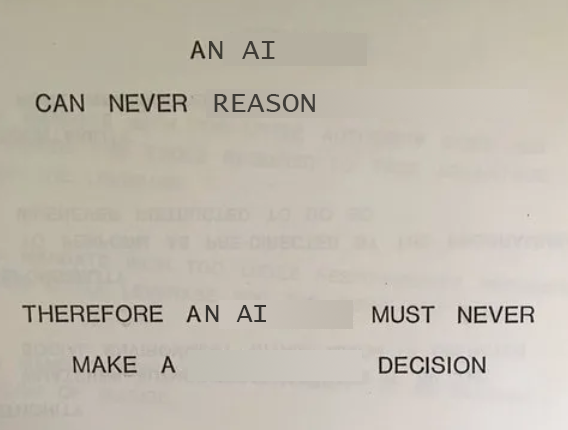Humor intended, speculative what-if, **RHETORICAL** question, IF x is so good then why isn't there Y?
With all the stupid memory leaks and sophisticated supply-chain attacks happening, I'm surprised that we're not hearing anything -- not a peep! -- from those who worked on OSes intended by design to be significantly more secure than Unix. I'm talking about the KeyKOS and MULTICS folks. Where are they?
DISCLAIMER: Yes, I know, they (both KeyKOS and multicians alike) spent the better part of a decade or more prior documenting everything on some of the most fascinating websites you can read today. This post was just a chuckle-piece from me, mainly for my own entertainment.
It turns out the original tutorial I wrote about ActivityPub is still in the spec repo! https://github.com/w3c/activitypub/blob/gh-pages/activitypub-tutorial.txt
It eventually made it into the "overview" part of the spec, with nicer illustrations by @mray https://www.w3.org/TR/activitypub/#Overview
However, I'm still fond of my original ascii art. Compare!


One of the #Accessibility specialists at work shared this gem of an article with me, which I hadn't seen before:
It is not uncommon that I raise an accessibility or usability issue with a client’s design or implementation and am met with either “But #Google does this,” or “But #Apple does this.” Mostly it is the default response to any issue I raise, but it is far worse when it is a reaction to a genuine technical failure or problem real users have identified.
That response does not address the problem I may have raised. It avoids. It offloads responsibility. It declines to even try.
This is followed by a litany of #WCAG and other accessibility violations by the two behemoths.
https://adrianroselli.com/2020/03/i-dont-care-what-google-or-apple-or-whomever-did.html
Let me tell you how upset I am about this.
Not at all. Adobe's series of shark jumps from software that you actually owned (OK, licensed, but once you had the box and the disk, that was it) to today's rip-off cloud-BS that holds your data ransom to whatever price hike they want, well, yeah, shower of bastards.
How a local housing campaign won pro-tenant reforms by recruiting homeowners https://wagingnonviolence.org/2024/12/greensboro-keep-gate-city-housed-built-a-diverse-coalition-and-won-pro-tenant-reforms/
Crawford and Dungee had closely followed tenant victories around the country, seeing grassroots tenant groups win significant changes to the landlord-tenant balance of power in political geographies similar to their own.

@mhd @profoundlynerdy there's some 80s TI MMUs out there, and the C128 had an MMU as well
I've gotten many talk rejections, I expect and am able to handle them. But I've never been so hurt as to be told that a talk by @tsyesika and myself, the co-editors of ActivityPub, when we explicitly clarified would be about decentralized social media including activitypub present and future, that it would be rejected for not being about activitypub enough
That is so deeply, incredibly hurtful
What did I spend all these years of my life for, what was the point of all this? I can't stop crying
there is no such thing as a secret windows registry key that will allow you to install windows 11 with an unsupported tpm or cpu, just give up hope and switch that old machine to linux, no other way exists, don't even bother looking for it, it's better for you anyway
Peergos v0.22.0 has been released¹ 
It includes a local sync client, in addition to the webdav bridge and webui.
I'll write a blog post about Peergos, it is an amazing software in my opinion, but I wanted to wait for it to bake a bit more. I think I'll move my data from Seafile to Peergos soon, as I really enjoy the software features:
- end to end encryption
- zero knowledge of what is stored from the server perspective (structure is obfsucated)
- ability to share files/directories with other
- local cache / local proxy
- runs almost everywhere
there were Haskell compilers for MS-DOS and the 8088
hell, muLisp-80 was a semi-compiled Lisp for CP/M whose binary was 10KB in size - which didn't stop it supporting bignums out of the box. it was impressively fast, too, for a Lisp - it somehow went hell for leather on speed without compromising its size. as a result, CP/M had a symbolic maths package! - muMATH - which evolved into Derive, which TI bought to incorporate into its calculators
Who thought this would be the year we would receive definitive proof that good Italian-Americans exist
I've started a listening log/inventory of the mystery MiniDiscs I've received recently. Not sure how much general interest there is in such a thing, but since my wiki is in no small part also for my own reference, here it is: http://lyk.so/minidisc-listening-log.html
Completely nonsequitor to what I was just working on, I think I managed to figure out one way I could compile Sather-like loop constructs. It's stupidly simple; but it's also hugely unconventional.
Recording my thoughts here before I lose them forever. In fact, I might play with this idea in some VM/OS programs coming up.
The idea is simple. A loop construct is just an infinite loop:
; loop end;
_L0:
jal x0,_L0
_L1: ; label unused
Trivially simple; no sweat. But if we want to invoke an iterator, that's when things get hairy. Or, so it seems.
; loop f(1.upto!(10)); end;
la a2,_INT__upto_
addi a0,x0,1
addi a1,x0,10
_L0:
jal a2,0(a2) ; Rd=Rs1 coroutine!
jal x0,_L1 ; executed ONLY if generator quits loop.
jal ra,_SELF_f ; Control returns here on a yield
jal x0,_L0
_L1:
The idea of using multiple return points is rather unconventional. But I think this is probably how I would implement this construct...
As for state tracking, I'm sure that invoking a generator requires building an object on the local stack frame so that it can keep persistent state across calls, something I'm ignoring here for brevity. In my example above, I'm relying on PCLSRing instead.
So, I did some development planning for the next phase of VM/OS development. Though this may look like a nested checklist, I kind of use it as a substitute for a fishbone diagram. The items that are most deeply nested are the items which get written and developed first, since those are the lowest levels of decomposition of functionality I can think of.
The design document/blog post this is based on is up on my website at https://falvotech.com/tmp-blog/20241210.html
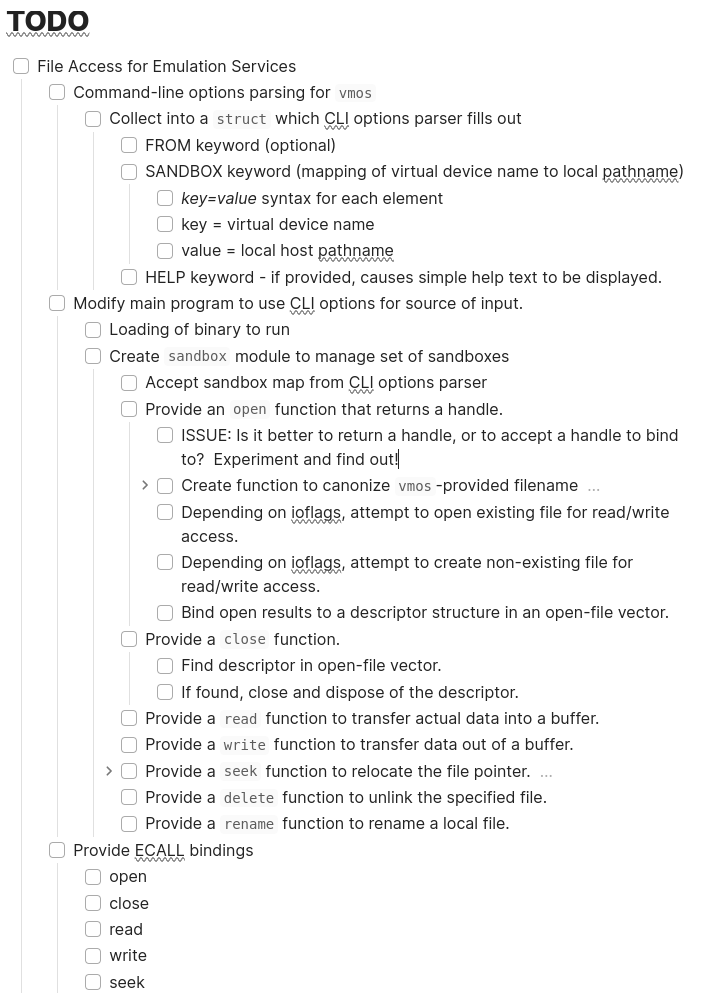
An updated collage of my four latest games for #msdos on the #ibmpc. That's quite a range of colour for humble #cga!
All these games are available from my web site, http://dos.cyningstan.org.uk/ and from my Itch page https://cyningstan.itch.io/
If you want to support further development, then the easiest ways are to follow the Ko-fi links on my web site or to make a donation when downloading from Itch.
